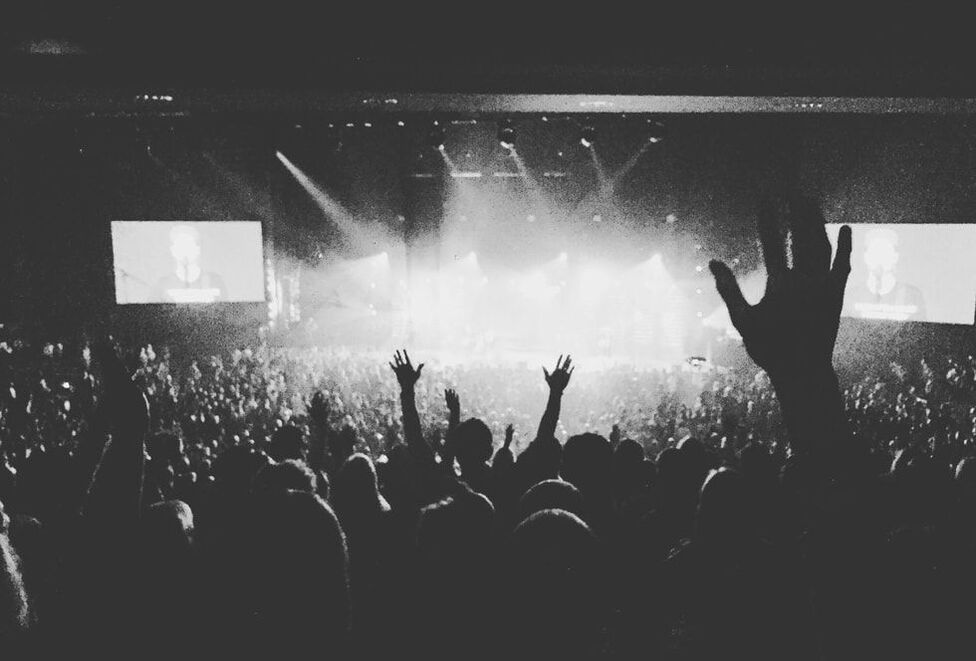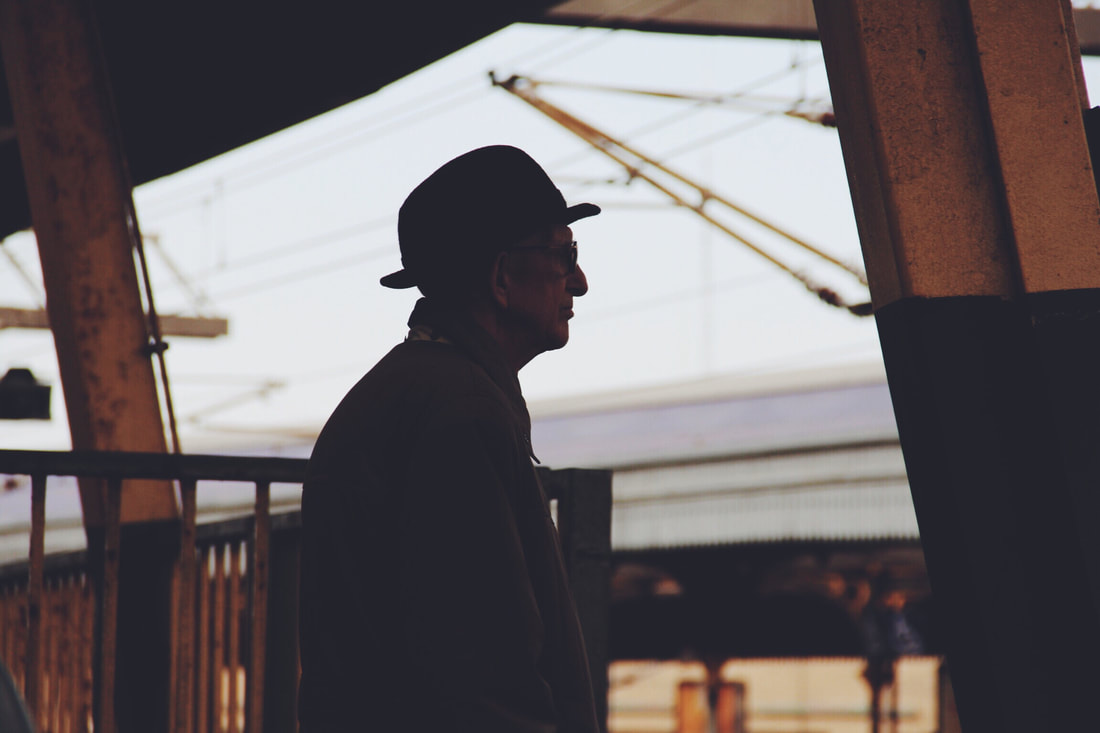I am because we are I drive a small Suzuki Jimny. No, not the newer model that looks like a mini Mercedes G Wagon but the one that looks like a little Jeep Wrangler. I don’t know much about cars. When I made the choice to get this one, it was based on my desire to be prepared in case I ever needed to go off-roading (I don’t know when that would’ve been as I worked in the city at the time, and pavement-hopping is frowned upon). The second motivation behind my decision was that I wanted something compact: easy enough to parallel park, squeeze through narrow streets and get me (and one other person) from one point to another. What I’d not accounted for, though, was that, in driving a Jimny, you automatically become part of an unofficial community. When passing by someone else in a Jimny, it’s not unusual for them to wave, smile, flash their lights or even hoot at you. If you’re spotted in a parking lot by a fellow Jimny-lover, a conversation will be sparked as if you’d known each other prior or had more in common than just the same vehicle. Just as nothing can exist outside of meaning, so too can no one exist in isolation (read more on Bakthin’s theory of connection and interaction here). A self-love movement Anthropology has a troubled history with the distinction between “self” and “other”. In a process of “othering”, the unfamiliar and the unknown (from the perspective of the anthropologist) would be viewed in a negative light: exoticised, alienated, stereotyped, stigmatised, and even feared (read more on the topic of ‘otherness’ here). This created a contrast between what was considered to be the norm and the so-called unusual, the centre and the periphery, the majority and the minority, the familiar and the strange, the self and the other. Cue the selfie generation. This is one of the ways in which today’s youth are referred to owing to their preoccupation with themselves — their appearance, their innate worth, and their internal reflection. On the surface level, this may come across as somewhat self-absorbed but let’s dig a little deeper. The term “narcissism” is being thrown around a lot lately, not in reference to young people but to their parents. Just have a look at this “raisedbynarcissists: for the children of abusive parents” Reddit thread. Self-love is nothing new. Some even trace it back to the American Beat Generation of the 1950s and ’60s. They’ve been credited as the originators of naked self-expression — an unfiltered, vulnerable, and exposed presentation of self. The intention was to promote love, peace, and regeneration through protest and performance; to reconcile the brutality of war and the destruction of nature through consumerism. One key difference today is that the message of restoration is centred on mental health and wellbeing, and the platform on which this message is communicated is primarily social media. Entangled existence In a recent international seminar, focused on creating a community that supports one another in being “the change we want to see in the world”, one of the event hosts had a profile picture that caught my attention. It was of an illustrated figure playing what appeared to be guitar strings, only the strings were tied to the character’s mind and heart. It was accompanied by the Spanish word “afinando”, meaning fine-tuning, refining, fixing, honing. Being human is being in a constant state of adapting, adjusting and accommodating. If we think, speak and act on the basis of assumption, judgement, and bias, we’re more likely to discriminate, offend and exclude. The same goes for the opposite: if we consider our interconnectedness and interdependence, we’re more likely to exist in empathy, solidarity and commonality. What will you do differently today to see yourself in others and to exist in a shared humanity? How might you fine-tune the connections between what your mind thinks and your heart feels? This article was originally published on Marklives
0 Comments
Leave a Reply. |
MARGUERITE COETZEE
ANTHROPOLOGIST | ARTIST | FUTURIST CATEGORIES
All
|



 RSS Feed
RSS Feed
